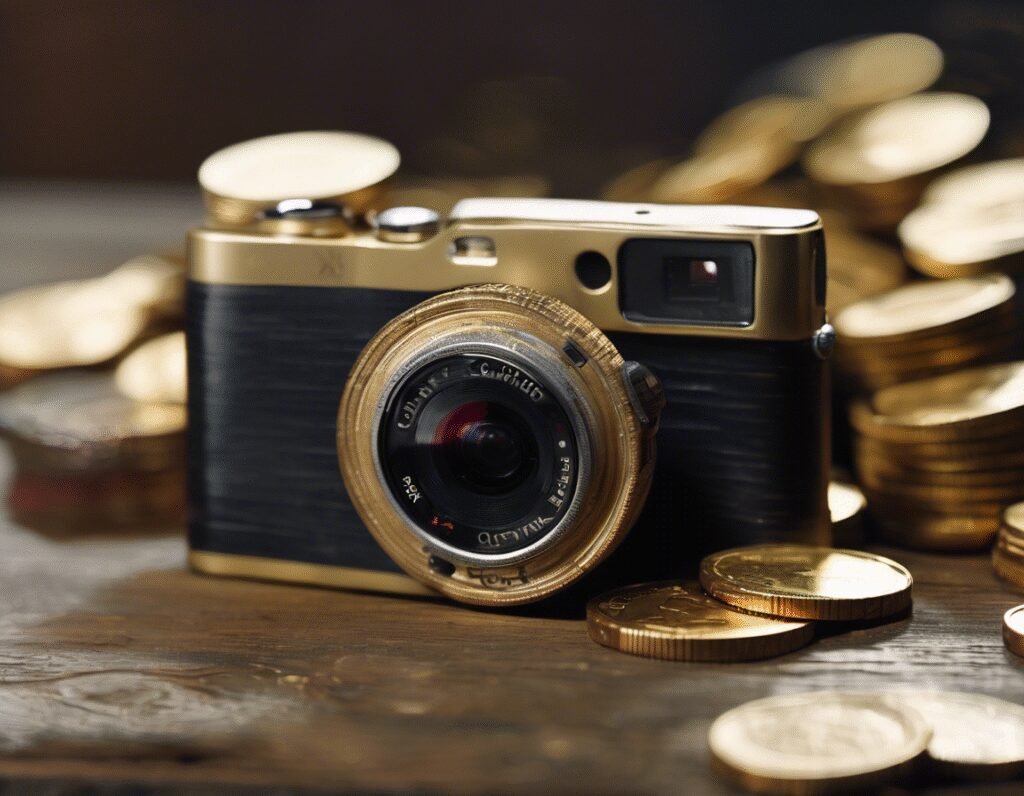Sony RX1R III Review A Decade Later and a Hefty Price Tag
The Sony RX1R III is a camera capable of capturing truly stunning photographs. Yet, after nearly a decade since its predecessor, and with a staggering price tag of $5,100, it feels like a significant missed opportunity. The new model is almost $2,000 more expensive than the old one and is missing several key features that would help it compete with other high-end compact cameras like the Fujifilm X100VI and GFX100RF, as well as the Leica Q3. I love using the RX1R III, but I wish it was easier to recommend.
At the heart of the RX1R III is a 61-megapixel full-frame sensor, the same one found in the Sony A7R IV from 2019. While not the newest component, having that much resolution in such a small camera feels incredible. What has not changed is the lens. It retains the same fixed 35mm f/2.0 Zeiss lens that debuted on the original RX1R back in 2012.
Past models struggled with autofocus, but that was due to older algorithms, not the lens itself. The RX1R III fixes this completely. It uses Sony’s flagship Bionz XR processor and a dedicated AI chip for subject detection. The autofocus is nothing short of magical. It offers seven recognition modes for subjects like people, pets, and birds. I found I could simply press and hold the new AF-ON button and trust the camera to handle the rest, making manual focus point selection unnecessary.
Paired with the new sensor, the classic Zeiss lens shines. It captures an immense amount of detail without ever looking overly clinical or harsh. The rendering is beautiful, with creamy bokeh that feels almost Leica-like. In the right light, images can look painterly. The JPEG color science is also greatly improved, with 12 profiles including two calming, muted options borrowed from the Sony FX3. Video capabilities include 4K at 60fps, but missing features prevent it from being a serious video tool.
Where the camera stumbles is in its design and handling. The electronic viewfinder is a major letdown. It’s positioned in the top left corner and uses a low-resolution 2.36-million-dot screen. This feels cheap and is jarring compared to the high-resolution rear LCD and the viewfinders on much cheaper cameras. Speaking of the rear screen, it has a higher resolution than before but it no longer articulates. This is a big step backwards for candid shooting from the hip and rules out vlogging or selfies.
Furthermore, the camera lacks any form of weather sealing, a surprising omission at this price. Battery life is improved thanks to a larger battery, but the most glaring omission is in-body image stabilization. This feature, found on the Fujifilm X100VI, is transformative, allowing for sharp shots in low light and making a camera far more versatile. Its absence here is hard to justify.
When considering the competition, the RX1R III occupies a strange space. The Fujifilm X100VI is significantly cheaper at $1,800 and offers IBIS, an articulating screen, and Fujifilm’s beloved film simulations. For those wanting a larger sensor, the Fujifilm GFX100RF provides a massive medium-format 100MP sensor. Then there are the Leica Q3 models, which are more expensive but come with superior builds, IBIS, and legendary Leica glass.
The Sony RX1R III takes incredible photos with arguably the best autofocus in its class. However, its sky-high price, dated EVF, lack of a tilting screen, and absence of IBIS and weather sealing make it a difficult camera to wholeheartedly recommend. It feels like a masterpiece of image quality trapped in a body that does not fully support its potential.


